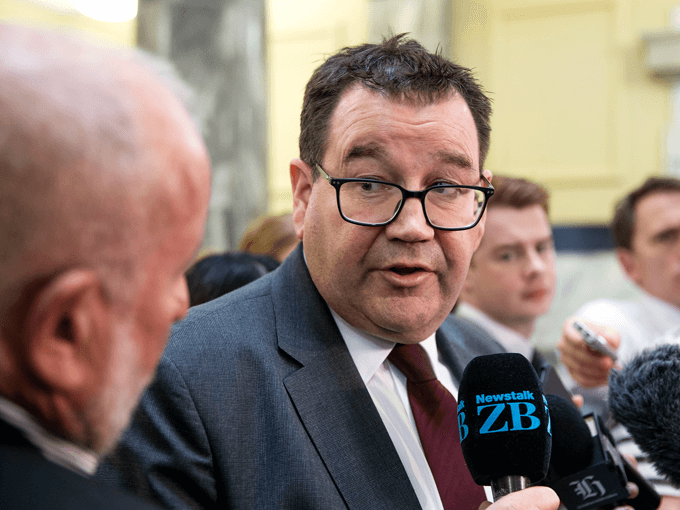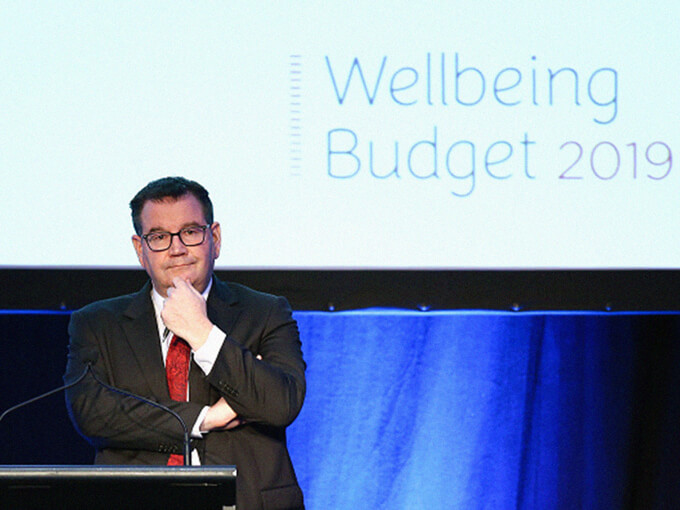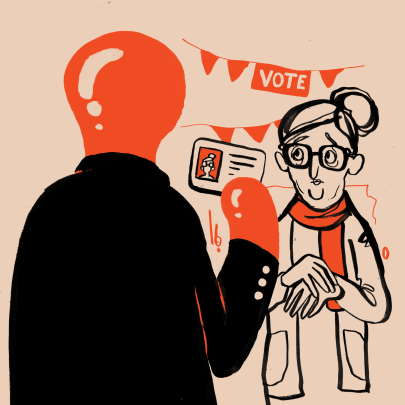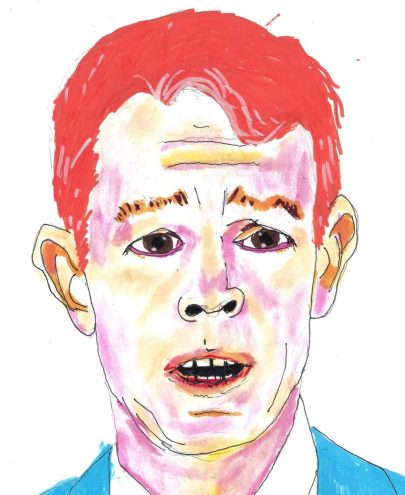Jul 16, 2019 Politics
The Coalition’s much-heralded “Wellbeing” Budget turned out to be a hoax, writes Metro columnist Matthew Hooton.
A traditional finance minister’s speech surveys the economic data, including unemployment, wages, inflation, interest rates, the dollar, public and private debt, the trade balance and balance of payments deficit, and total and per capita gross domestic product (GDP).
Trade-offs are made unashamedly. A minister might concede without embarrassment that interest rates and unemployment are up, but that this is the price of bringing down inflation. They might acknowledge the average wage has stayed stagnant but point out this is because youth unemployment has fallen with more lower-skilled people able to get their first job.
It is almost impossible for all the indicators to be moving in the right direction at once, and the public and media accept this. Together, the numbers present a reasonable picture of where a country is, and where it might be heading.

For at least 50 years, some have argued this is not enough. They point out the data is limited to economic measures, not deep human values like, say, the joy of coaching your kid’s netball team. In 1972, Bhutan led the way when its absolute monarch, King Jigme Singye Wangchuck, promoted a new measure called the gross national happiness (GNH) index. Since then, the index has tended to head in the right direction, partly by driving out over 100,000 unhappy members of its Lhotshampa ethnic minority to live in refugee camps in Nepal, and also by the construction of roads, airports, dams, a cement factory, a mobile phone network, schools and hospitals. Total and per-capita GDP have grown enormously, with happiness following closely behind.
Since 2011, with broad bipartisan support, New Zealand’s Treasury has developed a more sophisticated set of measures to assess wellbeing called the Living Standards Framework (LSF). A user-friendly “living-standards dashboard” was launched by Finance Minister Grant Robertson last year. “This tool,” the minister said then, “will be used alongside other measures to support the Coalition Government’s Wellbeing Budget that will be released in 2019.”
The LSF has what the government calls “a practical set of meaningful current and future wellbeing indicators” around nine measures of quality of life: civic engagement and governance, cultural identity, health, housing, income and consumption, knowledge and skills, safety and security, social connections and subjective wellbeing.
You can dig down and see how different ethnic, gender, socio-economic, geographical and other communities are doing against each of these measures. Like the old economic indicators, a finance minister could use the LSF to paint a highly detailed picture of where New Zealand is, and where their government plans to take us. They could usefully identify trade-offs: “There has been a small deterioration in income and consumption over the last twelve months, but that is compensated for by a very strong improvement in education and skills, especially among low-skilled middle-aged people. This reflects the huge numbers of such people who have taken advantage of our mid-life retraining programme announced last year. In the short term, we expect to see a further deterioration in income and consumption among these groups while the nation’s overall skill levels rise to prepare us for the transition to a low-carbon economy.”
This wouldn’t be mere political rhetoric. Instead, progress towards such goals would be able to be measured regularly, just as the old economic data held governments constantly accountable for their aspirations for unemployment, inflation and interest rates.
Robertson’s Budget included none of this, except the “wellbeing” headline. It was entirely detached from the LSF developed under both the National and Coalition governments over the previous eight years. None of Robertson’s big spending commitments — including the very welcome $1.9 billion boost to mental health, plus the extra money for regional rail, beneficiaries and parents struggling with school donations — were explicitly linked to the LSF and its wellbeing indicators.
Across the board, it’s difficult to identify anything a Labour-New Zealand First government wouldn’t have done anyway. Come to that, how much was that different from what a National-New Zealand First government would have done? Suggestions some brand-new “wellbeing” methodology had been applied were a hoax. Ironically, had it not been for the Budget-leak fiasco, the government would have come under greater scrutiny for what amounted to little more than good old-fashioned Budget sloganeering.
Robertson may surprise us in election year by finally taking the LSF and its wellbeing indicators seriously. That would represent the transformational approach to government his Prime Minister has promised. Or he might decide not to bother. After all, there is a huge body of economic evidence — well beyond the Bhutan story — that the very best indicator for whether other measures of national wellbeing are improving is steady improvement in per-capita GDP.
This piece originally appeared in the July-August 2019 issue of Metro magazine, with the headline ‘Sloganeering’
Follow Metro on Twitter, Facebook, Instagram and sign up to our weekly email






